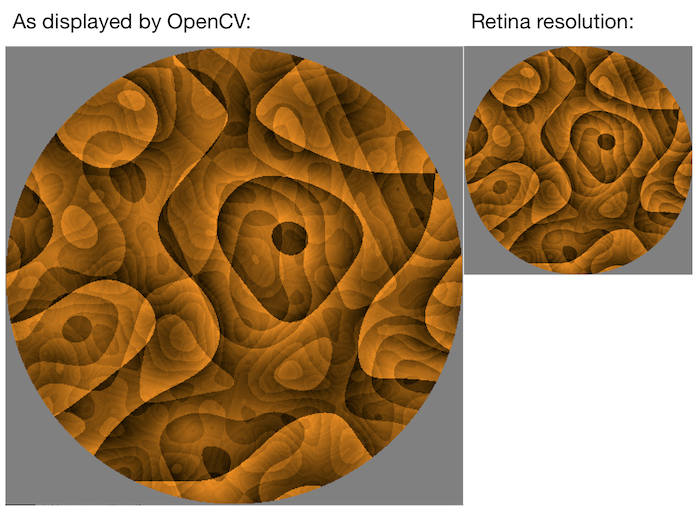The functionality described in this article requires the following: Xcode 11; macOS Catalina; iOS 13 set as the Deployment Target for your app’s Debug configuration (In Xcode, navigate your project’s Build Settings; under the Deployment heading, expand the iOS Deployment Target setting and set Debug to iOS 13.0 or later).
- Xcode up to 12.4 will run on Catalina. Xcode 12.5 (when released any day now) and higher will require Big Sur. This is in the release notes for 12.5.
- Xcode is the tool developers use to build apps for the Apple ecosystem – MacOS, iOS, and all things Apple. This guide will walk you through how to successfully install Xcode onto your Mac, from start to finish. Here are some handy tips to know before you get started: Xcode only.
- Question: Q: Cant install xcode in catalina 10.15.4. It keeps saying 'not enough disk space' Has anyone been trying to install Xcode in Mac OS catalina 10.15.4?
- Xcode is a complete developer toolset for creating apps for Mac, iPhone, iPad, Apple Watch, and Apple TV. Xcode brings user interface design, coding, testing, debugging, and submitting to the App Store into a unified workflow. Downloading and updating Xcode. The current release of Xcode is available as a free download from the Mac App Store.
macOS Catalina


Before we get right to how to install command line tools on macOS, let us look at what macOS Catalina is all about. Apple just made available a major release of its macOS codenamed macOS Catalina (version 10.15). macOS Catalina is the sixteenth release of Apple’s desktop operating system for Macintosh computers. So with the release of macOS Catalina, we say goodbye to macOS Mojave (version 10.14)
macOS Catalina is the first of its kind to support only 64-bit applications and activation lock. Read more about all the new feature of macOS Catalina from apple.com
Command-line tools on macOS Catalina is essential to running of commands and development task. Just like with all new versions of macOS you have to install command-line tools to run commands. The good news is the procedure has not changed much across the various versions of macOS

Install Command Line Tools
Open your terminal to begin the process of installing command-line tools on macOS Catalina. With your terminal opened, type the command below into the prompt and press the return key to execute it. After executing the command below a pop-up window should open with the option to install. The popped-up window should look similar to the image below
Subsequently, click on the Install button to proceed with the installation of command-line developer tools. Most importantly, as with every application, you have to agree to the license to proceed with the installation. Hence click agree on the license agreement window to continue with the installation.
Xcode 10 On Catalina
Therefore, as a result of agreeing to license the download the command line tools is triggered. After that, the installation will kick in and should not take too long.
Finally, click on the Done button to complete the installation process.

After that run some beautiful code from the terminal. In conclusion, run your commands from the terminal to confirm the successful installation of command-line tools on macOS Catalina.
Xcode 12.2 On Catalina
Originally published at https://anansewaa.com on October 11, 2019